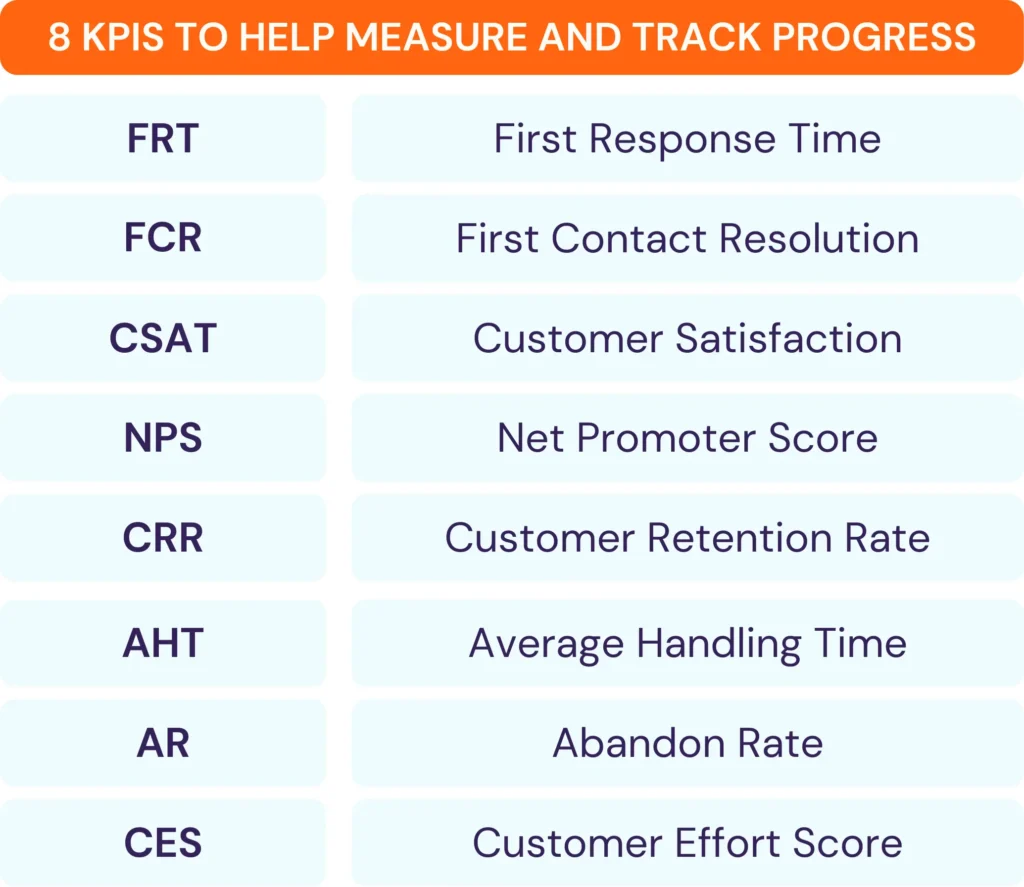
Analyzing customer data is essential for making informed decisions and delivering exceptional customer service. By extracting valuable insights from customer interactions, companies can identify areas for improvement, optimize their customer service strategy, and build stronger relationships with their customers. With effective data analysis, businesses can create a customer-centric approach that drives loyalty and long-term growth.
Data analysis is the process of extracting useful information, patterns, and insights from data to support decision-making, solve problems, or optimize processes. It involves using various techniques, tools, and methods to examine and interpret data, often in the form of numbers, text, or images.

10 reasons why Data Analysis Matters

1. Data Quality Issues:
Implement data validation and cleansing processes.
Use data profiling techniques to identify errors.
Develop data governance policies to ensure data accuracy.
2. Data Silos:
Implement data integration techniques (e.g., ETL, API).
Use data virtualization or federation to access disparate data.
Establish a data warehouse or lake to centralize data.
3. Insufficient Resources:
Prioritize analytics projects based on business impact.
Leverage cloud-based analytics solutions for scalability.
Collaborate with external partners or consultants for expertise.
4. Lack of Stakeholder Buy-In:
Communicate analytics value through clear, actionable insights.
Involve stakeholders in the analytics process.
Develop a data-driven culture through training and education.
5. Complexity and Interpretation:
Use data visualization techniques to simplify complex data.
Develop clear, concise reports and dashboards.
Provide training and support for stakeholders to interpret analytics results.
6. Ethical Considerations:
Establish clear data privacy and security policies.
Ensure transparency in data collection and usage.
Implement data anonymization and aggregation techniques.
7. Scalability and Performance:
Use distributed computing and cloud-based solutions.
Optimize data storage and processing for performance.
Implement data caching and querying techniques.
8. Talent and Skills Gap:
Develop in-house analytics talent through training and mentorship.
Hire external experts or consultants for specialized skills.
Collaborate with academia and research institutions for innovation.
9. Change Management:
Communicate analytics-driven insights and recommendations.
Involve stakeholders in the change management process.
Develop a clear roadmap for analytics-driven decision-making.
10. Continuous Improvement:
Establish a culture of continuous learning and improvement.
Encourage experimentation and innovation.
Regularly assess and refine analytics processes and tools.
Here are 8 ways to analyze your business data to achieve exceptional customer service:
By applying these data analysis techniques, businesses can gain valuable insights to enhance customer service, improve customer experiences, and drive loyalty and retention.

Including KPIs in your analysis helps ensure a data-driven approach to customer service, enabling you to measure success and drive continuous improvement.
By implementing these data analysis strategies, businesses can improve their customer service process, increasing customer satisfaction and loyalty. Remember, data analysis is an ongoing process that requires continuous effort and practice to achieve the best results.
Convirza can help with customer service data through the following:
Fill out the form to learn more about how Convirza’s conversation analytics and call tracking solutions can help you:

Book A Quick 15 Minute Call,
And We’ll Show You How To Unlock The Power Of Every Conversation.




























©2025 All rights reserved – Convirza